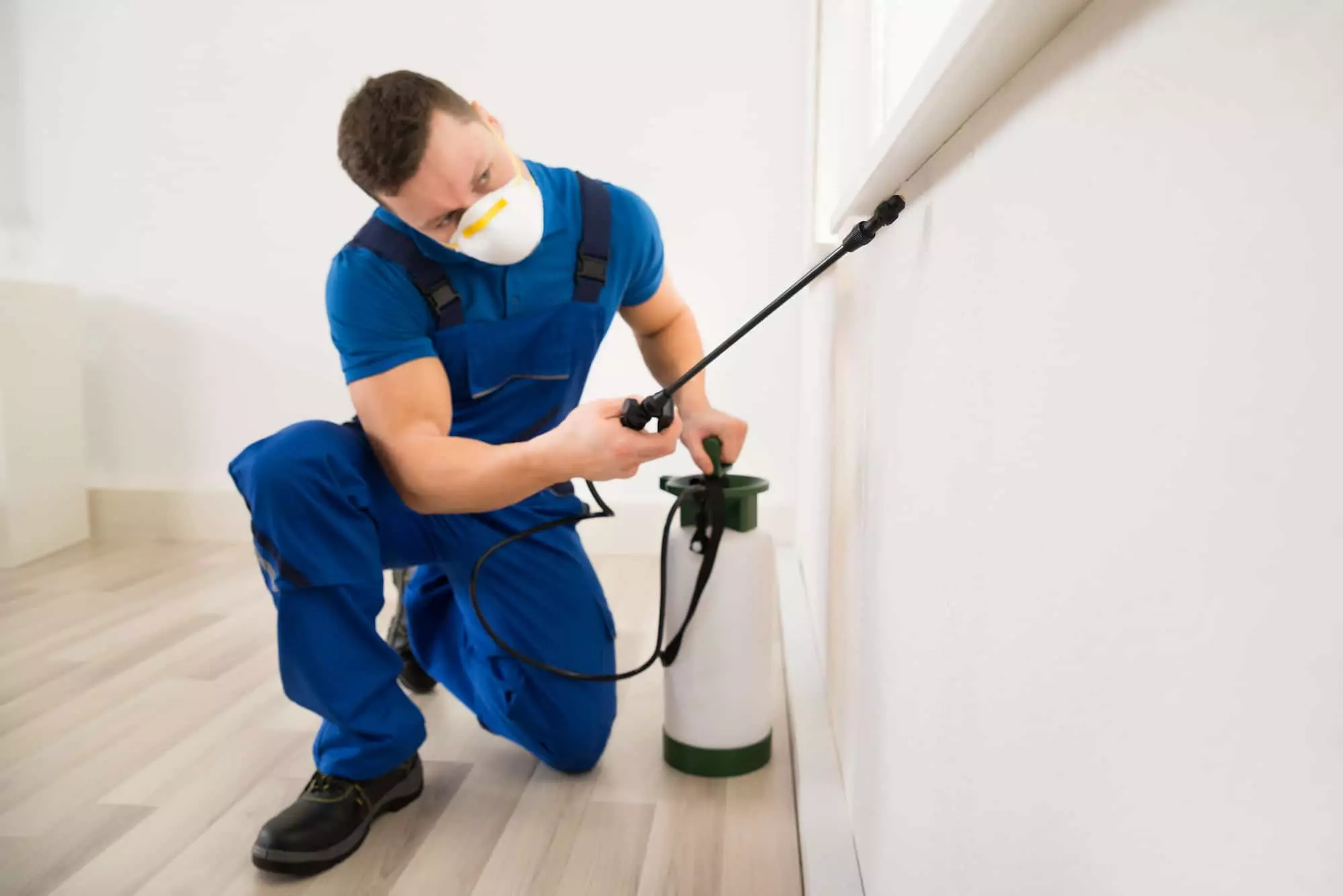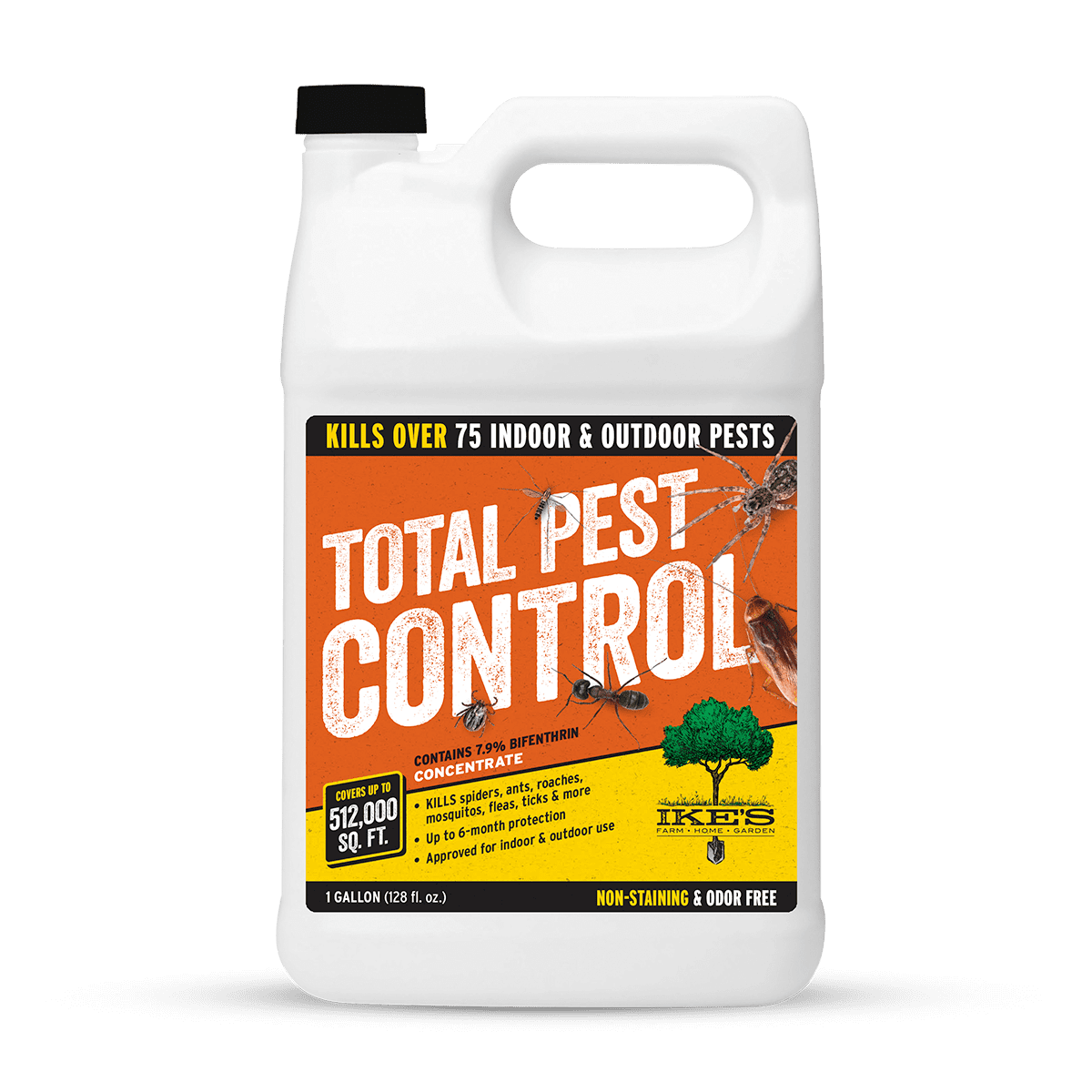A1 Residential Pest Control Portland OR Bed Bugs - Secure Your Home
Wiki Article
Effective Bug Control Services: A Thorough Check Out Extermination Techniques and Prevention Procedures
In the realm of pest control services, the effective administration of invasions requires a thorough method that integrates different methods and procedures for both obliteration and avoidance. From Integrated Bug Monitoring (IPM) approaches that focus on lasting services to chemical elimination techniques created for targeted removal, the arsenal versus pests is vast and multifaceted. Biological control approaches and physical prevention measures offer alternative paths to efficiently combating undesirable intruders. Nonetheless, the trick to an extensive parasite control plan exists not just in the techniques themselves, yet also in the meticulous specialist inspection treatments that come before and notify them. By comprehending the details of each technique and just how they interaction, one can genuinely realize the complexity and efficiency of modern-day bug control solutions.
Integrated Insect Monitoring (IPM) Techniques
Integrated Pest Administration (IPM) Methods incorporate a detailed strategy to pest control that focuses on monitoring, prevention, and control techniques to effectively manage insect populations. By integrating different strategies, IPM aims to reduce the influence of pests while also reducing the dependence on chemical pesticides. Avoidance exists at the core of IPM, stressing methods like correct sanitation, maintenance of hygiene, and sealing entry indicate hinder pests from infesting buildings. Tracking plays a crucial role in IPM by consistently recognizing and inspecting parasite levels to figure out the ideal treatment thresholds. Control techniques in IPM prioritize the usage of physical, organic, and social approaches prior to transforming to chemical treatments as a last option. These strategies include introducing all-natural killers, habitat alteration, and using capturing gadgets to keep insect populaces in check. On the whole, IPM promotes a eco mindful and sustainable method to pest monitoring, promoting long-term remedies that safeguard both human wellness and the ecosystem.Chemical Elimination Strategies
Chemical elimination strategies are commonly used in pest control services to effectively remove pest populations that present a danger to human health and building. These techniques entail making use of different chemical substances especially created to target and get rid of parasites such as bugs, rats, and other undesirable animals. The application of pesticides, pesticides, rodenticides, and various other chemical representatives is meticulously regulated to make sure optimum performance while lessening threats to human beings, animals, and the environment.Among the essential advantages of chemical extermination methods is their capability to supply fast and targeted outcomes, making them especially helpful in cases of extreme infestations or urgent pest control requirements - portland exterminators a1 for bed bugs. Nonetheless, it is vital to stress the importance of appropriate handling, application, and disposal of these chemical products to protect against unintended harm
In addition, incorporated bug monitoring (IPM) techniques often incorporate chemical elimination techniques with various other approaches such as hygiene, environment modification, and organic controls to produce a detailed and sustainable parasite control method. By including chemical extermination strategies deliberately within an IPM structure, insect control solutions can effectively handle bug populations while lessening prospective threats to human wellness and the environment.
Biological Insect Control Approaches
Employing natural killers and bloodsuckers to handle bug populations is a sustainable technique called biological insect control. This strategy uses the all-natural systems of the environment to regulate pest populaces without depending on artificial chemicals. One typical biological control approach involves introducing natural enemies of the target parasite types, such as ladybugs for aphid control or nematodes for termite problems. These natural killers feed on the parasites, assisting to my review here keep their populations in check.Another reliable biological control approach is making use of microbial pesticides. These are normally occurring bacteria, such as bacteria, fungis, and infections, that especially target and infect specific pest types. By making use of these microbial representatives, pest populations can be successfully lowered without triggering or damaging advantageous organisms damage to the setting.
Physical Parasite Avoidance Measures
Applying physical pest avoidance steps involves using barriers and structural modifications to hinder bugs from infesting a home or getting in. Setting up door sweeps, screens on home windows, and sealing fractures in the structure can aid stop insects like pests and rodents from getting access inside your home.Another physical avoidance action is making use of obstacles like fencing to keep bigger parasites such as raccoons or deer far from the home. Setting up mesh or cable displays around gardens can Extra resources safeguard plants from being harmed by pests. Appropriate waste monitoring, including securing trash bin with tight-fitting covers, is vital in hindering pests like insects, raccoons, and rodents. By carrying out these physical insect avoidance measures, homeowner can considerably decrease the danger of bug invasions and the damages they can trigger.
Expert Parasite Inspection Procedures
Performing extensive and methodical bug inspections is an essential element of professional pest management protocols. Professional pest examiners are trained to thoroughly examine buildings for indications of problems, identifying pest types, entrance points, and favorable conditions.
Conclusion
To conclude, reliable pest control services use a variety of methods, consisting of Integrated Parasite Management techniques, chemical elimination approaches, organic controls, and physical avoidance measures. Professional insect assessment treatments play an essential function in determining and addressing pest issues in a timely way. By carrying out a mix of these strategies, home owners can efficiently prevent and manage parasite infestations.From Integrated Pest Monitoring (IPM) techniques that prioritize sustainable solutions to chemical elimination strategies made for targeted removal, the arsenal against insects is multifaceted and vast.Integrated Parasite Monitoring (IPM) Approaches include a detailed strategy to pest control that concentrates on prevention, monitoring, and control techniques to successfully handle insect populaces.Chemical elimination methods are typically employed in parasite control solutions to efficiently get rid of bug populations that position a threat to human wellness and residential or commercial property.Using natural predators and bloodsuckers to handle pest populaces is a lasting method known as organic pest control.In verdict, reliable parasite control solutions utilize a variety of methods, consisting of Integrated Insect Management methods, chemical extermination techniques, biological controls, and physical prevention steps.
Report this wiki page